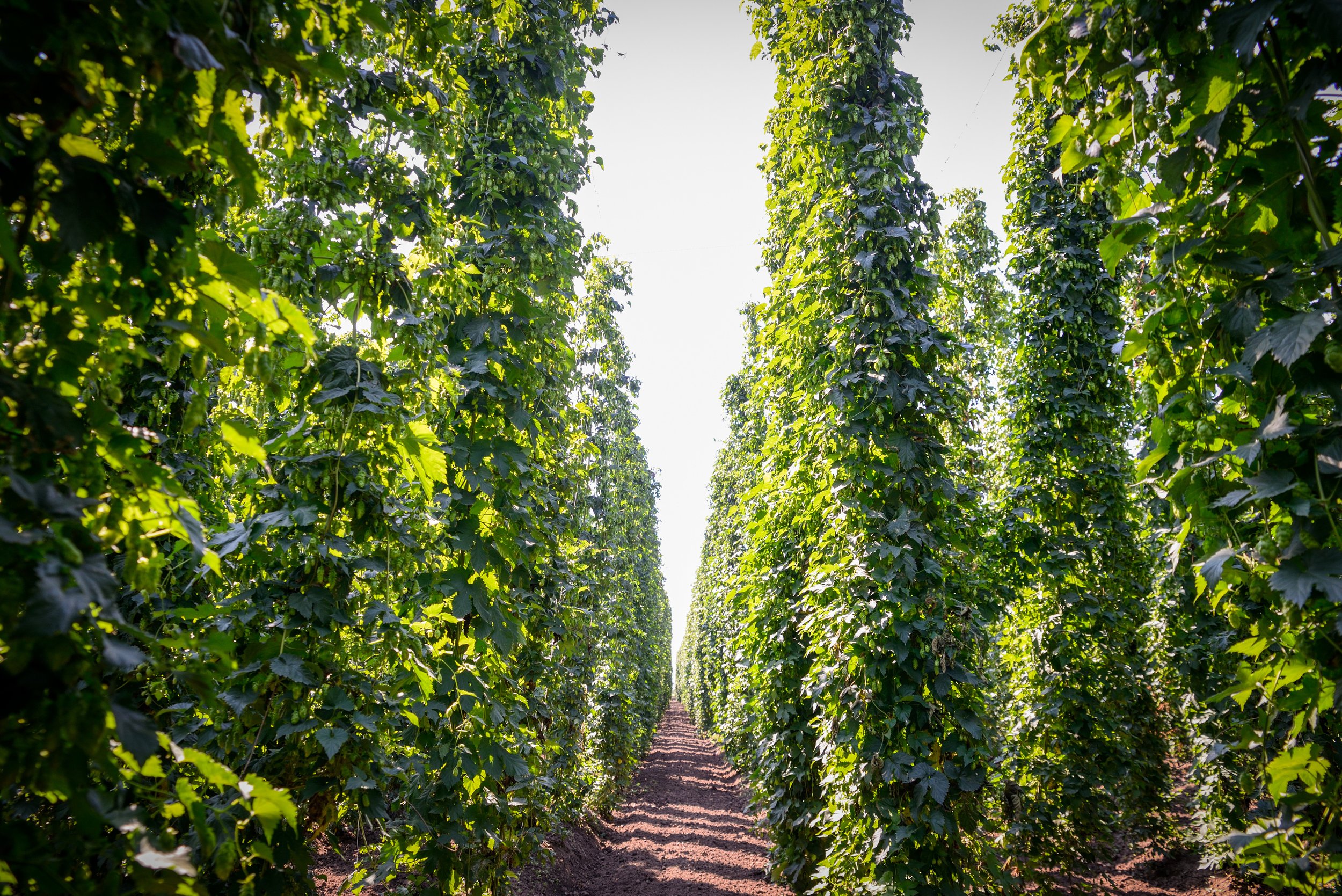The Science and Processes Behind Brewing Beer
As common as beer is in our world today, it’s easy for many people to overlook just how much work goes into creating a single bottle. Brewing beer is one of the oldest culinary processes that we are able to track, as there’s evidence that humans have been brewing for hundreds, if not thousands, of years. In all that time, there have been a lot of discoveries that have created new ways to expand our brewing capabilities. These discoveries have allowed beer brewers to experiment with their products and come up with new beers that our ancestors could never have even dreamed of.
Despite the many advancements in brewing technology and know-how, the basics of brewing beer remain mostly the same. Whether we’re talking about the ancient equivalent to modern-day brewing or the kind of brewing that the largest companies do every single day, the actual science behind the creation of your favorite beer remains mostly unchanged.
In this overview, we’ll examine the science and processes behind brewing beer so that you can get a good baseline of knowledge about this ancient technique. Whether you’re an experienced brewer, a novice looking to improve your skills, or an avid beer connoisseur, you’ll find a lot of interesting insights into what happens during the brewing process below.
The Science Behind It All
All brewing beer really consists of are several different biochemical reactions done in a specific order to achieve the desired type of beer. When we talk about biochemical reactions, we’re referring to how these different processes take one kind of molecule and change its makeup to form new compounds. It’s important to understand the basics of these reactions. Many of the steps in brewing involve breaking down one substance into something else. A complex compound like a starch breaks down during the malting process into simpler sugar molecules. This goes even further in the steps that follow afterward, where those sugar molecules are broken down again into carbon dioxide and ethanol by the yeast. It may not seem like much is happening to the naked eye, but these processes constantly happen throughout each brewing step.
The Malting Process
Malting is the first step of the brewing process. The malting process involves taking a starch, traditionally something like barley (although nowadays, there are many alternatives), and allowing it to soak in water long enough for it to begin to germinate. Germination makes the starch much easier to work with, as the next part of the malting process is to spread the germinated starch out and allow it to dry.
The malt you get as a result of this process is heavily based on the temperature that you dry it out at. At lower temperatures, the malt that you get won’t be very dark, which is useful for certain kinds of beer. Darker malts usually require much higher temperatures, which allow them to dry out quicker than the alternative. The color of the malt is crucial to obtaining the right flavor profile for your beer.
The Mashing Process
Once the malting process is finished, mashing is the next scientific process behind brewing beer. The malt created previously is added into hot water, allowing it to dissolve. The hot water will begin to activate certain enzymes inside of the malt. Maltose is a common result of this, which then breaks down even further in the water to become glucose molecules. This is the start of the process that changes the whole mixture into a sugary solution that we call the wort, which is the base a brewer needs to add the yeast into to begin fermentation.
Extracting Taste and Aroma From Hops
While many people know that hops are an important part of many beer types, not everyone knows what they bring to the table. Brewing hops are simply the buds of flowers that grow on a hops vine. When added to the wort, the resins inside of the buds are extracted by the wort. These resins are a key ingredient, as they have a citrusy taste to them and give beer its distinctive bitterness as well. Hops were originally used as a preservative in beer before modern refrigeration, so while they aren’t integral to the beer’s creation, they do give a beer its unique flavor and aroma.
Yeast and Fermentation
The wort is the perfect mixture for a microorganism like yeast. This is because yeast is a living entity that feeds on simple sugars like glucose. This process of the yeast feeding on the glucose and turning it into carbon dioxide and ethanol is known as fermentation. This can happen quite quickly, or it can be a long process, depending on the strain of yeast that gets used. Ethanol is the substance that makes beer alcoholic, so you can consider this process the real beginning of the actual beer’s development.
Yeast Strains
Yeast itself is not one simple thing, and there are tons of different strains of yeast that can all affect a beer’s final taste profile. While each strain of yeast is special in its own way, you can usually group yeast strains into one of two categories: simple brewer’s yeast and lager yeast.
These yeast strains differ because of the temperature required for proper fermentation. Regular yeast requires a slightly colder environment, while lager yeast needs to be much warmer. Think of it like two very similar animals that must live in different climates because they’ve diverged in their evolution over time.
Beer Clarification
Depending on the type of beer you’re creating, you’ll need to leave it to age a little bit. Some beers require a very long time to properly age, while others can be done within a few weeks.
If you’re going for a certain clarity of beer, you’ll also need to clarify it before it’s ready to go. This process involves removing small particulates that make the beer less transparent by utilizing what is essentially a filter. A long time ago, this was done through a material called isinglass, made from a fish’s swim bladder. Iensglass isn’t used much anymore, as we’ve developed synthetic methods of clarifying beer that work just as well, if not more effectively.
For both new and old brewers alike, Craftmaster Stainless is always ready to supply you with the equipment you need. You can check out our stainless steel brite tanks to start, or look through our store page to find the equipment that you need to get the job done.


